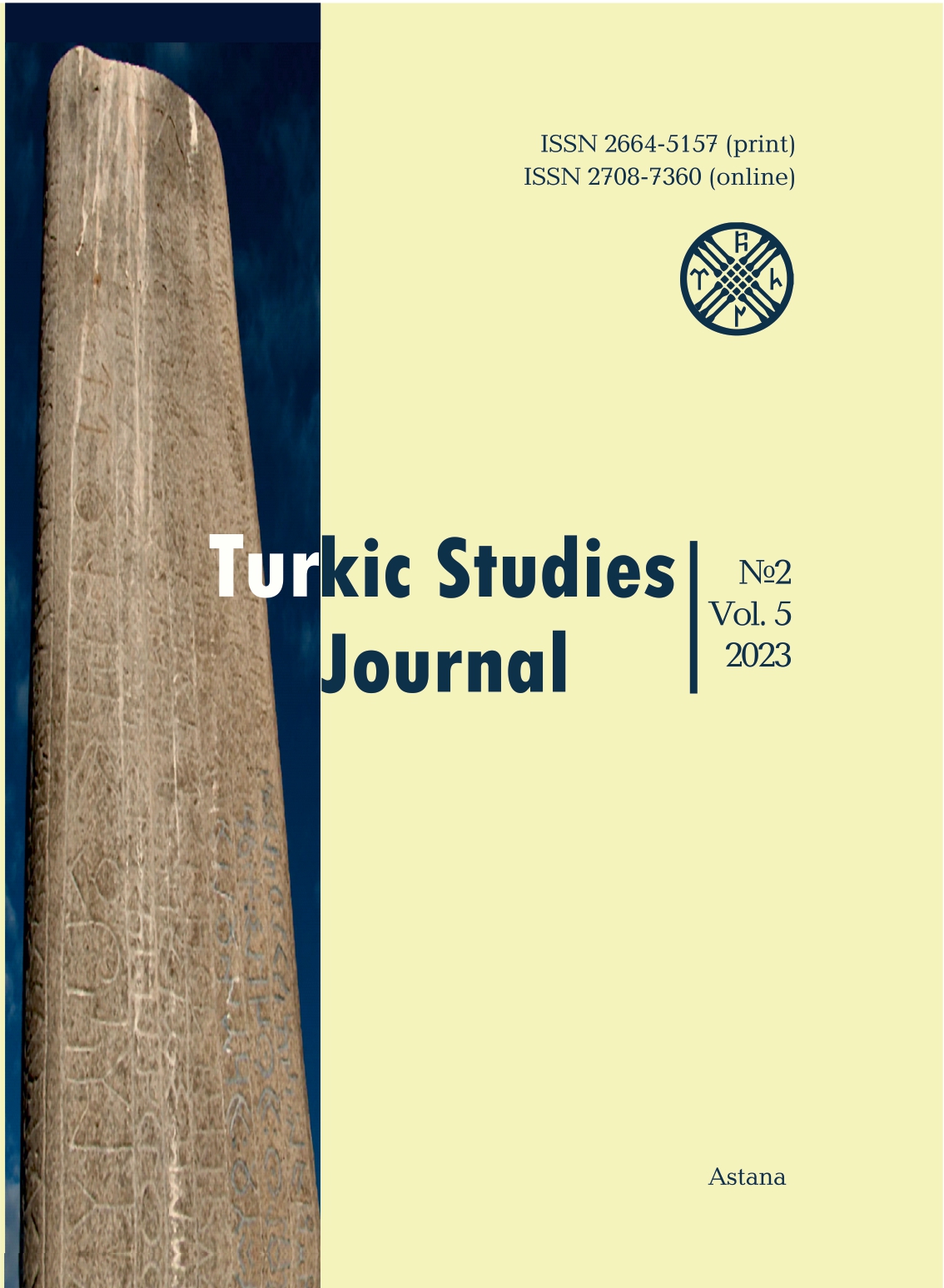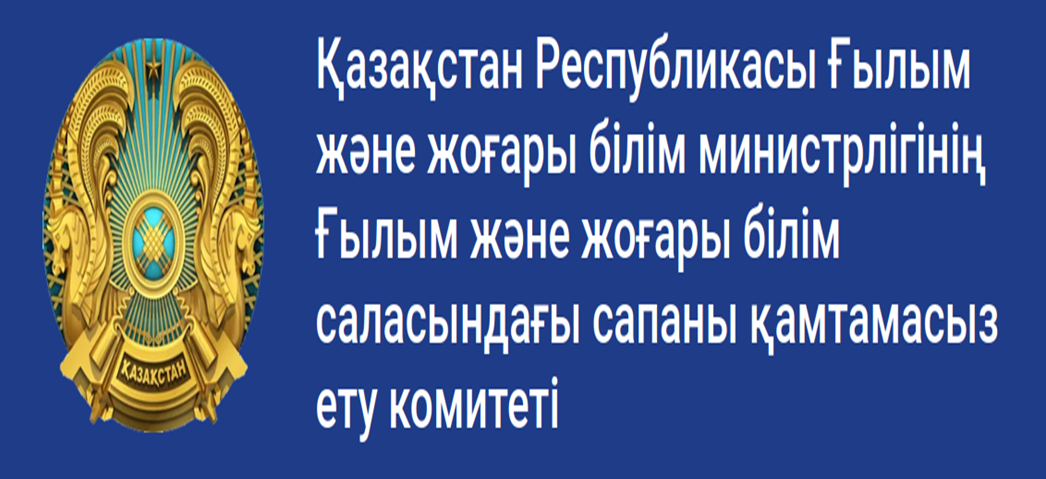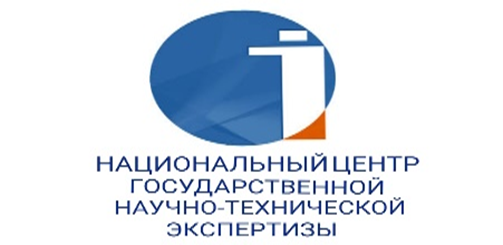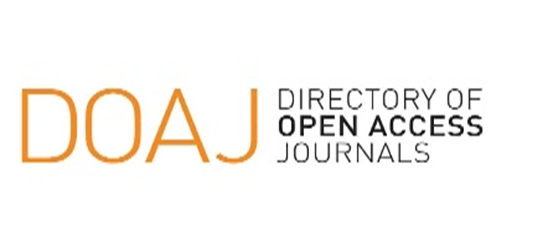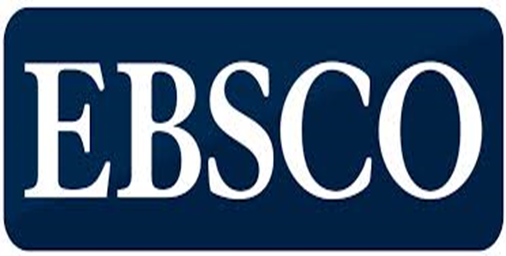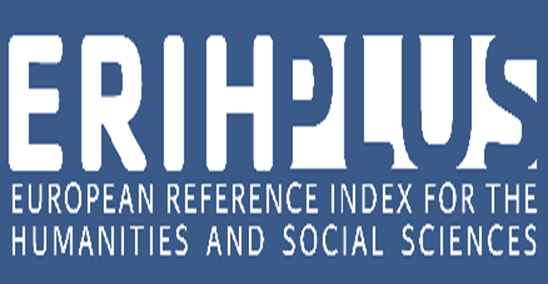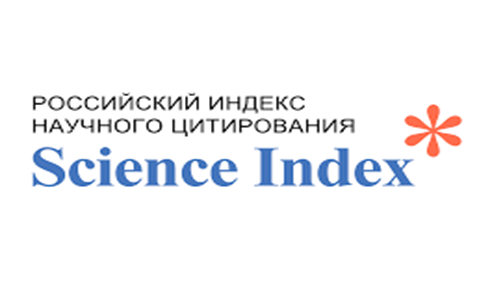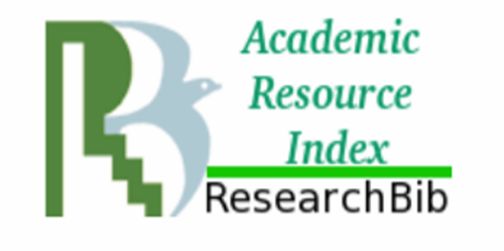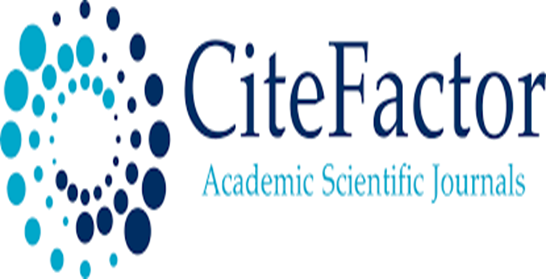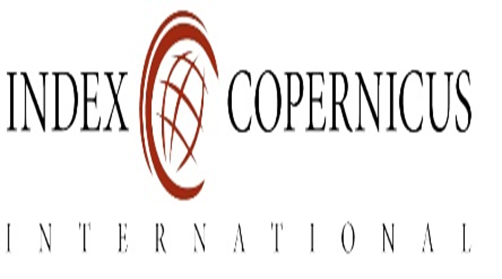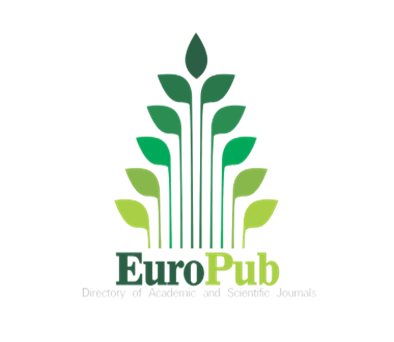The study of Qarakhanid-Chinese relations in foreign English-language historiography (2000-2022)
Views: 238 / PDF downloads: 382
DOI:
https://doi.org/10.32523/2664-5157-2023-2-108-121Keywords:
Qarakhanid State, Chinese Empire, Middle Ages, diplomatic relations, the Great Silk Road, Liao, Song, Xi Xia, Jin.Abstract
The article is devoted to a historiographical review of the works of modern foreign authors on the problems of Qarakhanid-Chinese relations. The author of the article has studied the works of the last twenty years published in reputable foreign editions. Such works include scientific articles, monographs written in English. The purpose of this article is to analyze the problems in the study of interstate relations between the Qarakhanid State and the Chinese Empire in the Late Middle Ages. The author of the article managed to highlight the main issues of the Turkic-Chinese relations considered by foreign authors. The main methods used are general scientific methods, as well as
comparative, historical and genetic methods and critical types of analyses.
As a result of the conducted research, the following results were obtained: Chinese sources confirm the information that was presented in the Arab-Persian sources and do not contribute more detailed or new information to the study of this issue. Moreover, there are a number of issues in these Qarakhanid-Chinese relations that require further research. Of particular interest is the question of gifts and goods that circulated between States, through which the essence and purpose of the desired relations are also manifested. A certain list of gifts or goods and their purpose demonstrate the nature of the relations between the Parties, which in turn affects the further course of events. The analyzed English-language works can be used in the study of the problems of the foreign policy of the Qarakhanid State, in the study of the trade routes of the Great Silk Road and in the analysis of the role of the Qarakhanids between the Muslim and Chinese worlds.
Downloads
Reference
Баласагуни Ю., 1983. Кутадгу Билиг [Благодатное знание]. М.: Наука. 562 с.
Бартольд В. В., 2020. Тюрки. Двенадцать лекций по истории турецких народов Средней Азии. Москва, Берлин: Директ-Медиа. 212 с.
Biran M., 2015. Qarakhanid Eastern Trade: Preliminary Notes on the Silk Roads in the 11th-12th centuries. J. Bemmann and M. Schmauder, eds., The Complexity of Interaction along the Eurasian Steppe Zone in the first Millennium CE. Bonn, BCAA7, pp. 575-95. [Электронный ресурс] – URL: https://www.academia.edu/12303429/Michal_Biran_2015d_Qarakhanid_Eastern_Trade_Preliminary_Notes_on_the_Silk_Roads_in_the_11th_12th_centuries_in_J_Bemmann_and_M_Schmauder_eds_The_Complexity_of_Interaction_along_the_Eurasian_Steppe_Zone_in_the_firsMillennium_CE_Bonn_BCAA7_pp_575_95 (дата обр. 15.10.2021).
Biran M., 2001. Qarakhanid Studies. A View from the Qara Khitai Edge / Cahiers d’Asie centrale [En ligne], [Эл.рес.] – URL: https://journals.openedition.org/asiecentrale/619 (дата обр. 04.03.2020).
Biran M., 2013. Unearthing the Liao Dynasty’s Relations with the Muslim World: Migrations, Diplomacy, Commerce, and Mutual Perceptions / Journal of Song-Yuan Studies Vol. 43, pp. 221-251 (31 pages) Published By: Society for Song, Yuan, and Conquest Dynasty Studies. [Электронный ресурс]. – URL: https://www.jstor.org/stable/43855195 (дата обр. 15.10.2021).
Campi A., 2020. Symbolic diplomacy of place and space in Eurasia: “multi-vector” vs. “third neighbor” policies-impact of nomadic features on foreign policy strategies of Kazakhstan and Mongolia // Turkic Studies Journal, Number 3, Volume 2. P. 53-68.
Duturaeva D., 2016. Between the Silk and Fur Roads. The Qarakhanid diplomacy and trade / Orientierungen: Zeitschrift zur Kultur Asiens. Ostasien Verlag, 28. [Электронный ресурс]. –URL:https://www.academia.edu/34511653/Between_the_Silk_and_Fur_Roads_The_Qarakhanid_Diplomacy_and_Trade (дата обр. 17.10.2021).
Duturaeva D., 2018. Qarakhanid Envoys to Song China / Journal of Asian History, Vol. 52, No. 2. Published by: Harrassowitz Verlag. Р. 179-208.
Duturaeva D., 2022. Qarakhanid roads to China. Brill. [Электронный ресурс]. – URL: https://brill.com/view/title/61452contents=editorial-content.
Genç R., 1981. Karahanlı devlet teşkilâtı. / İstanbul: Kültür bakanlığı yayınları. 217 s.
Hansen V., 2013. International Gifting and the Kitan World / Journal of Song-Yuan Studies. Vol. 43, pp. 273-302 (30 pages). Published By: Society for Song, Yuan, and Conquest Dynasty Studies [Электронный ресурс]. – URL: https://www.jstor.org/stable/43855197 (дата обр. 9.10.2021).
Hidayet N., 1992. Çin kaynaklarına göre Karahanlılar. Yüksek lisans tezi. Ankara. 99 s.
Hunkan O.S., 2011. Türk Hakanlığı (Karahanlılar). İstanbul: İQ Kültür Sanat yayıncılık. 504 s.
Караев О., 1983. История Караханидского каганата. X- начало XIII вв. Фрунзе: Илим. 301 с.
King A., 2011. Eastern Islamic Rulers and the Trade with Eastern and Inner Asia in the 10th-11th Centuries / Bulletin of the Asia Institute. New Series, Vol. 25, pp. 175-185 (11 pages). – [Электронный ресурс]. – URL: https://www.jstor.org/stable/43896143?read-now=1&refreqid=excelsior%3A5c7e 5d353c61822e3315f02daf73946a&seq=1#metadata_info_tab_contents (дата обр. 12.11.2021).
Kochnev B.D., 1996. The Origins of the Karakhanids: a reconsideration. / Der Islam Bd.73, S. 352-357. Walter de Gruyter.

